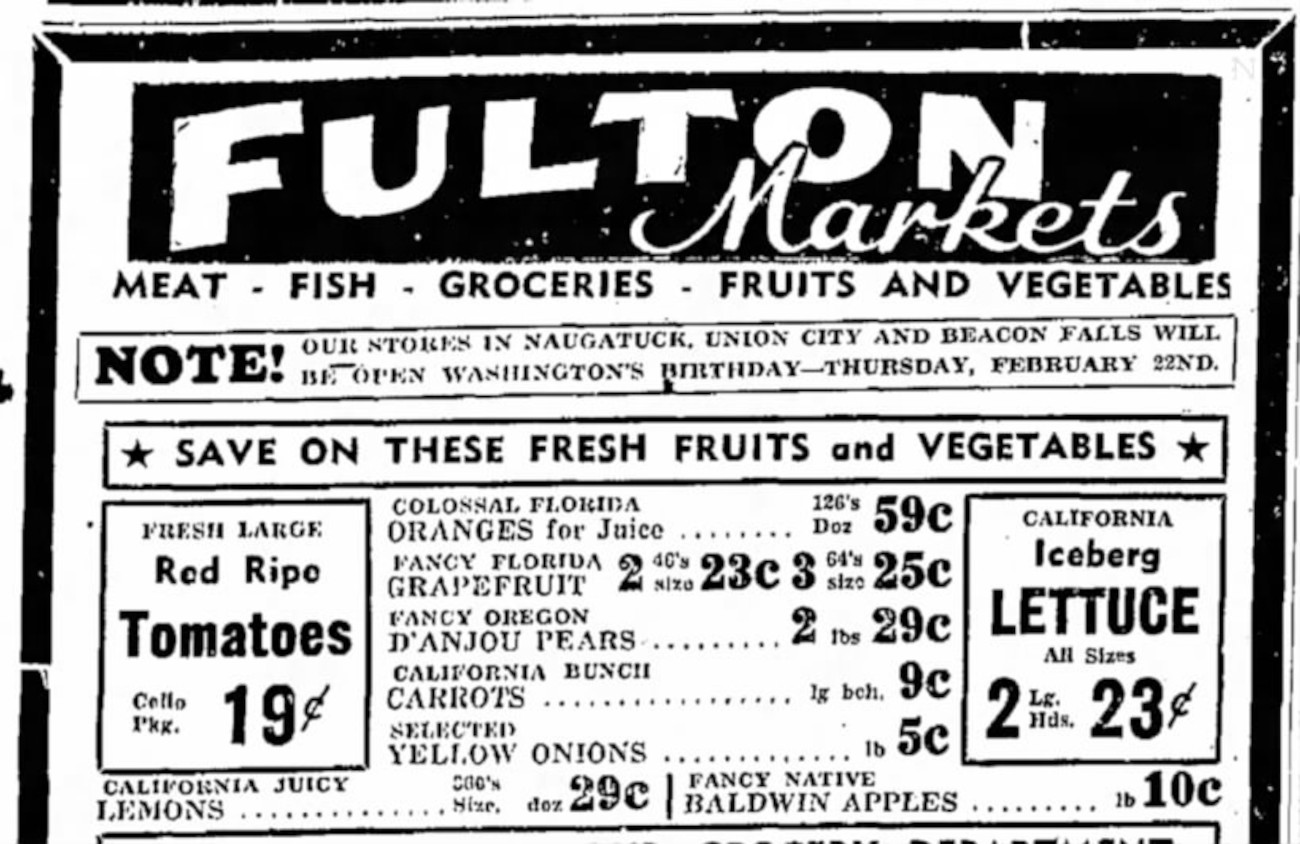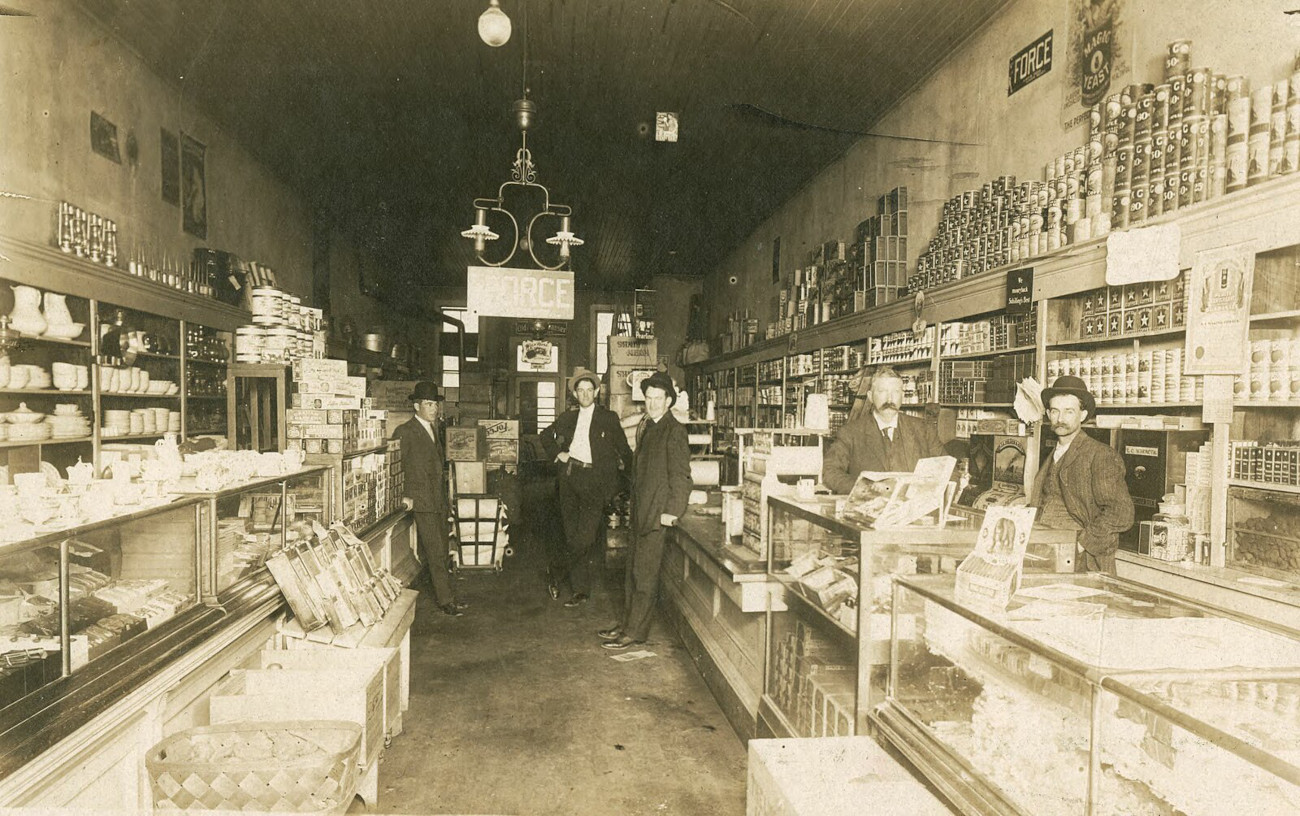The Story Behind Iceberg Lettuce’s Namesake Is Just The Tip Of The Iceberg
Cut into large wedges, which are served with a cascade of creamy herbed dressing, partnered with hamburgers, or layered between classic American sandwiches like the club sandwich, the grinder, and the BLT, iceberg lettuce has nestled its way into standard American eats. But just how did it get its unique name?

Folklore is sometimes more exciting, and that is definitely the case with iceberg lettuce. Look online, and the classic story goes that in the 1920s, the California produce company Fresh Express used the Trans-Atlantic railroad system to transport this crispy lettuce from the West Coast all the way east and as far east as Maine. To preserve the perishable produce the lettuce was covered in ice. Supposedly, when these lettuce trains came into town, the phrase “the icebergs are coming” popularized the lettuce’s name.

Yet, when you look back into the archives of history, you can find this name mentioned in newspaper articles, grocery advertisements, and recipes. This article below, like many, dates back to the end of the 19th century, well before the 1920s train story.

Newspaper clippings show that iceberg lettuce was called iceberg lettuce long before the 1920 train story.

So why is iceberg lettuce called iceberg lettuce? As seen in this 1895 description of iceberg lettuce, it describes the lettuce’s compact head and pale-colored leaves as having a crystalline, icy appearance. The addition of the lettuce having a crisp, cool texture adds another set of characteristics that would easily associate the lettuce with chilly, frosty qualities.

Back then iceberg lettuce was a reprieve for consumers in both taste and texture. Against a backdrop of often not-so-fresh produce being sold in the market, iceberg lettuce with its unique qualities, shot up in popularity, despite its low nutritional value.
Recent decades have not been in favor of lettuce, as more complex vitamin-rich, fibrous lettuces have swept the US in both the home and restaurants alike. Yet the love of iceberg lettuce almost holds a nostalgic quality as it’s a staple in many Americana classic dishes and was a mainstay in restaurants throughout the mid-century.

Iceberg’s impact isn’t just in our hearts, but also in our national economics and diet. Iceberg lettuce played a role in the way Americans now eat. Salinas, California, the iceberg lettuce growing capital, is one of the early examples of successful farming ventures. The positive results of growing and subsequently transporting lettuce across the nation shifted the American diet from a regionalized way of eating to a more standardized nationalized diet. Iceberg lettuce is one of the earlier crops to be mass-produced in one location and distributed across the US. The success of iceberg lettuce helped boost California’s agricultural economy, which now provides around eleven percent of America’s agricultural crops.
The tip of the iceberg in iceberg lettuce’s history never really gets covered in detail, but what we can see of this humble lettuce is that its uniqueness and heartiness helped it withstand competition, growing conditions, and trans-Atlantic travel. While it may not have all of the vitamins you want from vegetables, it has a unique refreshing bite to any recipe.













